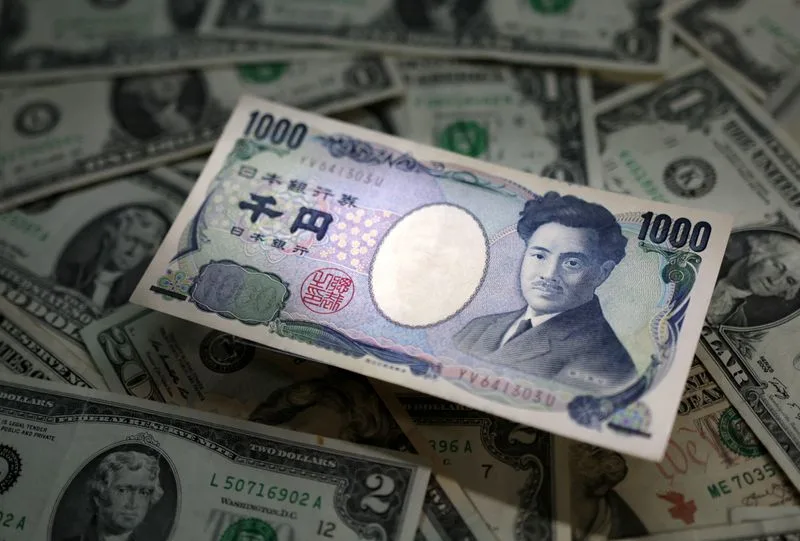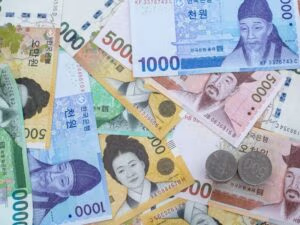The Japanese yen hovered near a three-month low on Friday, poised for a fourth consecutive weekly decline, as Japan heads into a weekend election that could add complications to the Bank of Japan’s (BOJ) approach to policy normalization.
In the broader currency market, the U.S. dollar retreated from recent highs, tracking lower U.S. Treasury yields. However, the dollar still remains on course for another weekly gain.
Japan’s general election on Sunday could disrupt the political landscape, with polls suggesting the ruling Liberal Democratic Party (LDP) might see its long-held control weakened. This political uncertainty could impact the BOJ’s timeline for potential rate hikes as the bank prepares for its upcoming policy meeting on October 30-31.
The yen last traded down 0.1% at 152 per dollar, looking at a 1.5% decline for the week. Earlier in the session, the yen saw a brief rise following slightly better-than-expected Tokyo inflation data. However, core consumer prices fell below the BOJ’s 2% target for the first time in five months, underscoring the challenges of achieving sustained inflation.
The yen has now lost roughly 5.5% in October, heading for its largest monthly decline since April 2022. The currency’s drop beyond the 150 per dollar level has kept traders alert to any potential intervention by Japanese authorities. A senior Japanese finance official indicated that Finance Minister Katsunobu Kato discussed exchange-rate volatility with U.S. Treasury Secretary Janet Yellen in a meeting on Thursday, underscoring Japan’s concern over the yen’s rapid depreciation.
Dollar’s Ascent Pauses
The dollar rally took a breather on Friday after hitting a three-month peak earlier this week, buoyed by moderated expectations of aggressive Federal Reserve rate cuts and growing market speculation around a possible return of Donald Trump as U.S. president. The euro was last trading at $1.08225 against the dollar, recovering from a low of $1.076125 earlier in the week, although it remains set to end the week with a 0.4% loss.
Meanwhile, sterling dipped 0.06% to $1.2969 but edged up slightly from its recent two-month low of $1.2908. The pound is looking at a 0.6% weekly decline.
In other currency moves, the Australian dollar eased 0.11% to $0.6634, while the New Zealand dollar dipped 0.22% to $0.6003. Both currencies are expected to close the week with around a 1% decline, pressured by dollar strength and investor caution surrounding the upcoming U.S. election.
The U.S. dollar index gained 0.04% to 104.09 after reaching a three-month high of 104.57 earlier in the week, setting it up for a fourth straight week of gains with a projected weekly increase of 0.6%.





